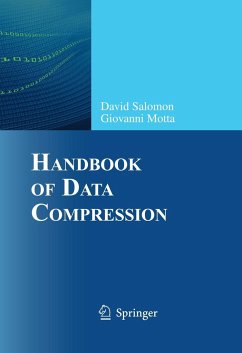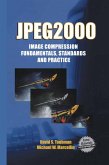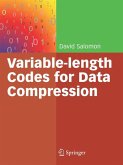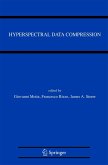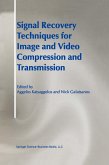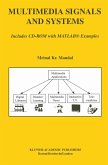Data compression is one of the most important fields and tools in modern computing. From archiving data, to CD-ROMs, and from coding theory to image analysis, many facets of modern computing rely upon data compression. This book provides a comprehensive reference for the many different types and methods of compression. Included are a detailed and helpful taxonomy, analysis of most common methods, and discussions on the use and comparative benefits of methods and description of "how to" use them. Detailed descriptions and explanations of the most well-known and frequently used compression methods are covered in a self-contained fashion, with an accessible style and technical level for specialists and non-specialists.
From the reviews of the fifth edition:
"This book is a huge, comprehensive, and readable overview of the field. ... covers the general field of data compression in abundant detail. ... The book contains numerous diagrams and tables, as well as ... source code. ... If you're interested in developing a new compression algorithm, this is certainly a good starting point. The book should also be of interest to those who are interested in algorithms in general ... . This work belongs in any library and is well worth reading ... ." (Jeffrey Putnam, ACM Computing Reviews, December, 2010)
"The book can be used as a quick reference. It can also be used to learn about the most important issues of approaches to and techniques of data compression ... . Each of the 11 chapters as well as the appendix contain some exercises. Answers to exercises are given between Appendix and Bibliography. The bibliography is very helpful in order to find references to specific subjects. The book is aimed at readers that have general knowledge of computer applications, binary data, and files." (Waltraud Gerhardt, Zentralblatt MATH, Vol. 1194, 2010)
"This book is a huge, comprehensive, and readable overview of the field. ... covers the general field of data compression in abundant detail. ... The book contains numerous diagrams and tables, as well as ... source code. ... If you're interested in developing a new compression algorithm, this is certainly a good starting point. The book should also be of interest to those who are interested in algorithms in general ... . This work belongs in any library and is well worth reading ... ." (Jeffrey Putnam, ACM Computing Reviews, December, 2010)
"The book can be used as a quick reference. It can also be used to learn about the most important issues of approaches to and techniques of data compression ... . Each of the 11 chapters as well as the appendix contain some exercises. Answers to exercises are given between Appendix and Bibliography. The bibliography is very helpful in order to find references to specific subjects. The book is aimed at readers that have general knowledge of computer applications, binary data, and files." (Waltraud Gerhardt, Zentralblatt MATH, Vol. 1194, 2010)

